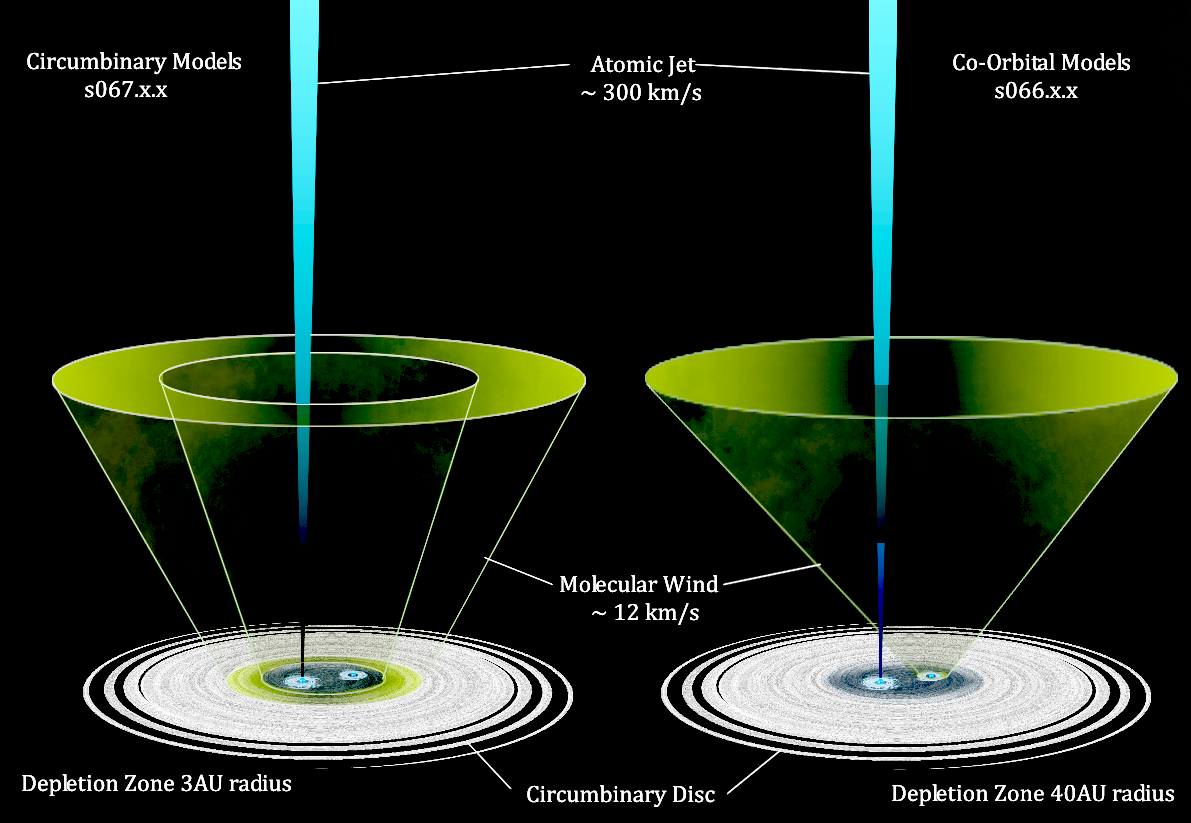
The struggle to match what we expect and what we observe provides a rich source of issues to challenge us. Observational data and theoretical models must be tensioned against each other through analysis and predictions. Computer simulations that follow evolving astrophysical systems are now an important weapon in our armoury.
There are two projects on offer:
Galaxy quenching is the name for a process that turns off the growth of galaxies when the Universe was young. We propose that the Active Galactic Nucleus is responsible as the origin of the negative feedback in the form of gusts of winds and episodes of supersonic jets. We intend to perform simulations to determine the connection of the physics with what we observe.
In a second project, we will model the formation of massive stars. We simulate both the young accretion star and its effect on the environment. This takes two forms: the wind and the ionizing radiation. We will use the model to solve the mystery of the excessive radio emission, which suggests the star generates higher levels of ultraviolet than predicted.
For more information please contact Prof. Michael Smith.